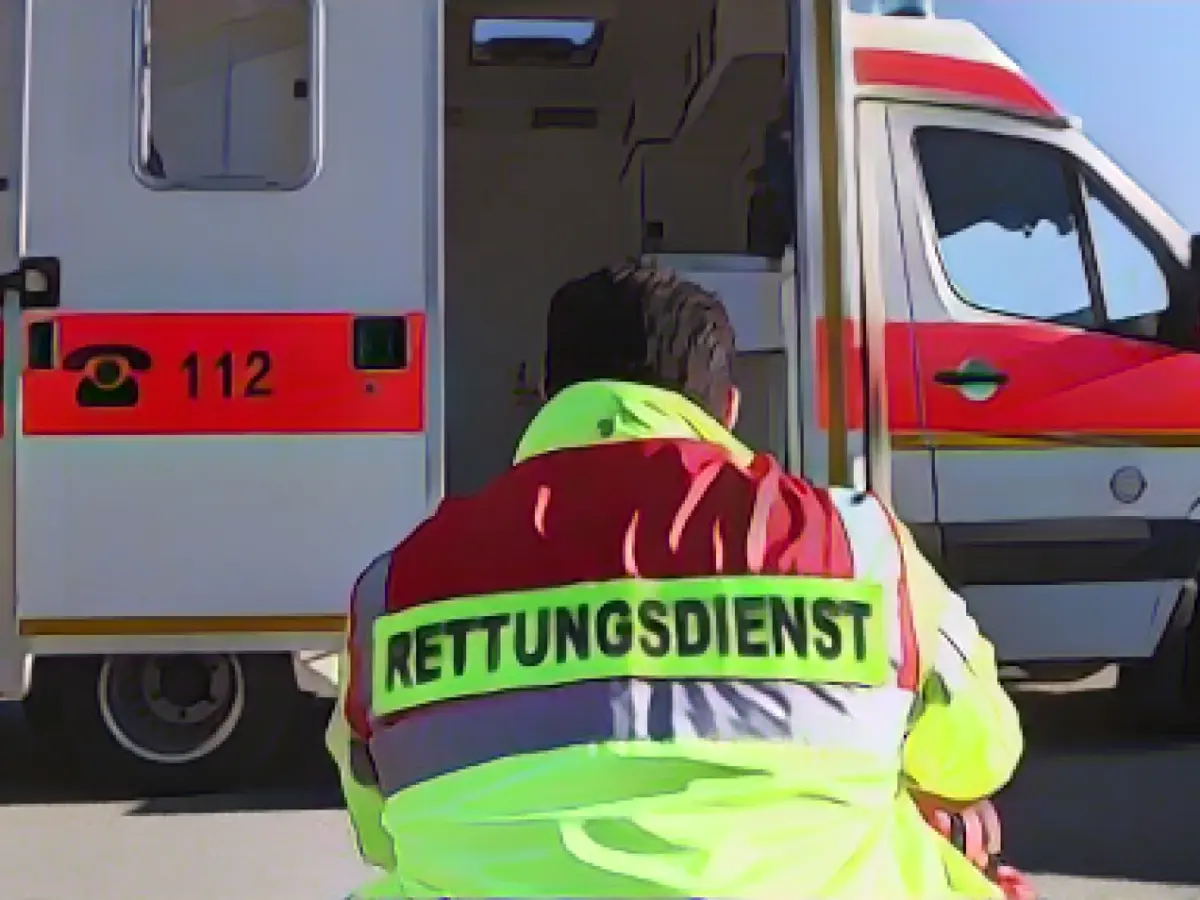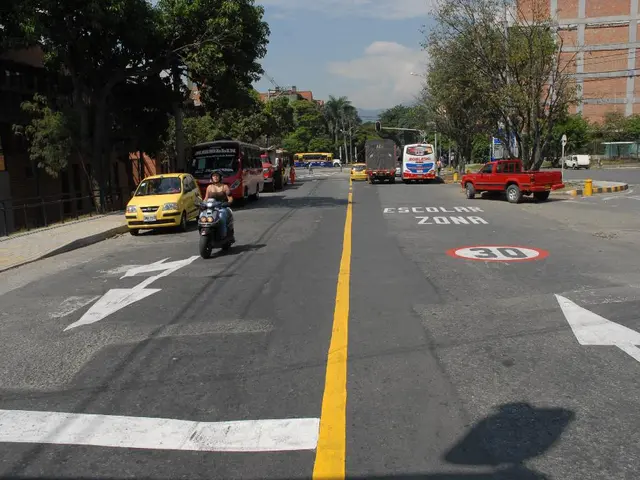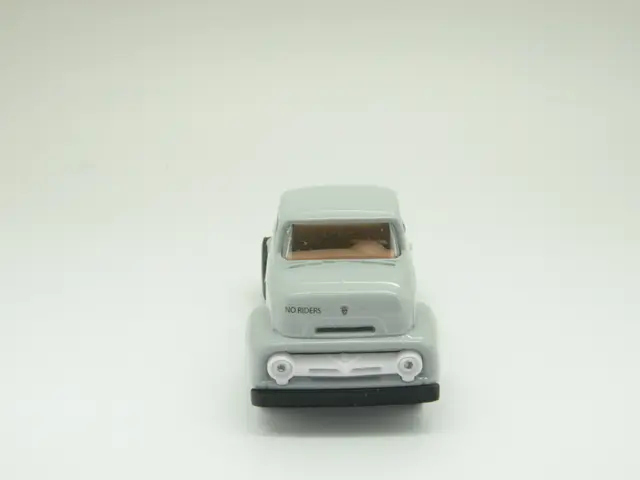Teenage Danger on the Tracks: A Close Call in Niesky
Last weekend, a 14-year-old in Niesky, Görlitz district, took a risky adventure that turned into a harrowing ordeal. Climbing onto a freight wagon, the teenager made contact with a live overhead line. The consequences? A trip to the hospital with serious injuries, as announced by the federal police on Sunday.
The incident serves as a stark reminder of the hidden dangers lurking around railroad installations. When faced with emergencies near these sites, quick and appropriate responses are paramount in minimizing harm.
A Chilling Statistic
While statistics specific to railroad installations are not readily available, data from electrical accidents across various industries leaves us with a chilling figure. Over the past decade, more than 46,000 workers have suffered electrical injuries due to on-the-job hazards, often involving arc flash incidents and electrical shocks[5]. As for train surfing, a dangerous practice that involves riding on train roofs, numerous fatalities and severe injuries due to contact with overhead power lines have been reported[1].
Safety Measures: A Guide
Fortunately, safety measures exist to prevent electrocutions in railroad installations. Here are some guidelines to keep you and your loved ones safe:
- Insulation and Guarding:
- Proper insulation and guarding of electrical equipment and lines can prevent unintended contacts and reduce risks of electrical shocks[2][4].
- Grounding:
- Effective grounding systems help decrease shock risks, especially in combination with insulation and guarding[2][4].
- Circuit Protection Devices:
- Supplemental protection devices, such as fuses, circuit breakers, and arc-fault circuit interrupters, can help limit or stop current flow in case of an electrical emergency[2][4].
- Personal Protective Equipment (PPE):
- Employees working near electricity should utilize personal protective equipment, including gloves, hoods, sleeves, and helmets, designed for reducing electric shock hazards[2][4].
- Safe Work Practices:
- Regular training for employees in safety procedures specific to their jobs, including proper deenergization processes, lockout/tagout, and safe distance requirements, can save lives[2][3].
- Regular Inspections:
- Inspecting tools, cords, grounds, and other accessories for signs of damage can help prevent accidents and ensure safe work conditions[3].
- Proper Signage and Training:
- Warning signs and regular training on electrical hazard recognition can contribute to reducing accidents and maintain a safe work environment[4].
- Lockout/Tagout Procedures:
- Implementing lockout/tagout procedures ensures that equipment remains de-energized during service and maintenance activities[3].
By adhering to these guidelines, you can significantly decrease the risk of electrocutions in railroad installations.
A Call to Action
Let this story serve as a cautionary tale. When confronted with railroad emergencies, our instincts may kick in, but the right responses can make all the difference. Stay informed, stay safe, and share this knowledge with others.
Reference(s):
[1] Train Surfing Injuries and Deaths () [2] National Electrical Safety Code () [3] Occupational Safety and Health Administration () [4] The National Electrical Code () [5] U.S. Bureau of Labor Statistics ()








